






Feliz, nueva semana!!, X0X0...
Disfruten su nueva semana siempre...

 Montreux
Montreux







Feliz, nueva semana!!, X0X0...
Disfruten su nueva semana siempre...




Feliz, nueva semana!!, X0X0...
Disfruten su nueva semana siempre...
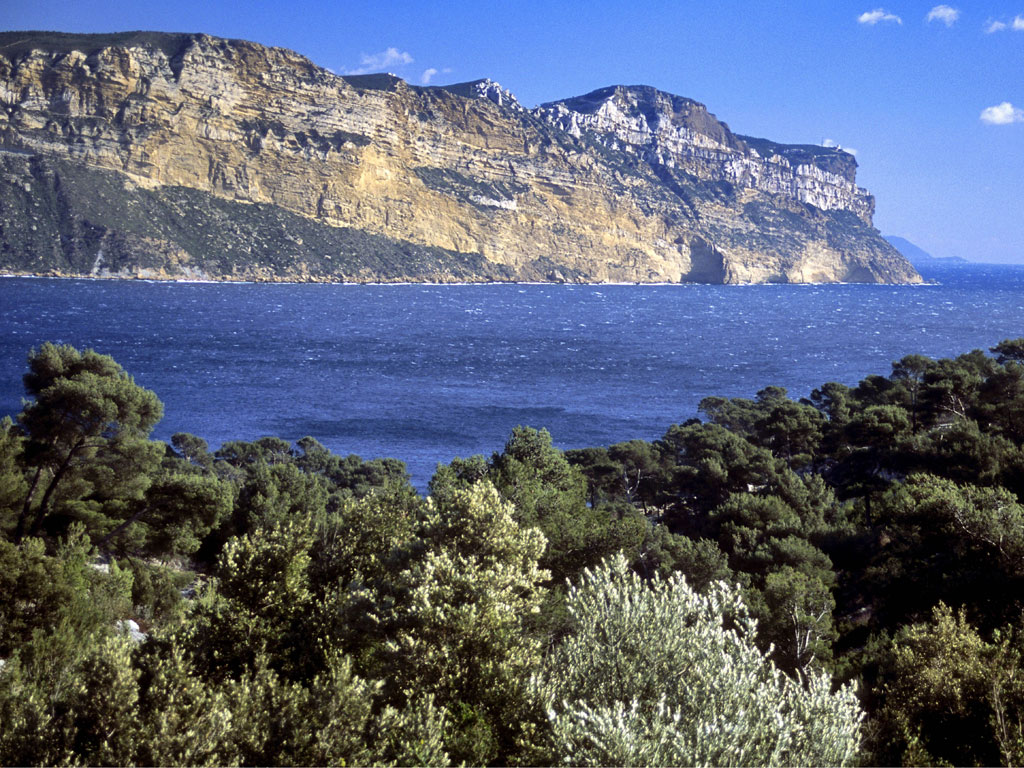


La loca en el muelle de San Blas
Esta historia de amor nació en 1971 en el puerto de San Blas,
Nayarit cuando la jovencita Rebeca, quien trabajaba en un restaurante cerca del muelle,
se enamoró de un marinero extranjero, quien proveniente del mar arribó al muelle para marcar
la vida de Rebeca y una de las leyendas más conocidas de México.
Durante los días de la estadía del marinero,
Rebeca y el se enamoraron locamente y se juraron amor eterno,
pero lamentablemente el tenía que partir…
Pero no sin antes prometer que regresaría y se casaría con ella.
“Ella despidió a su amor, el partió en un barco
en el muelle de san Blas.”
“El juró que volvería y empapada en llanto ella juró que esperaría.”
A partir de ese día ella iba cada día al muelle,
esperando a cada barco llegar con la esperanza de que su hombre
apareciera, pasaron los días, semanas, meses…
Pero este nunca llegó.
No se sabe del destino del extranjero, si murió en las profundidades
del océano o realmente abandonó a Rebeca,
sin embargo ella nunca lo olvidó, llegó un día en el que
ella perdió la razón,
y comenzó a vestirse de novia para esperar a su amor junto al mar.
“Miles de lunas pasaron y ella siempre
estaba en el muelle esperando.”
“Y en el pueblo le decían le decían la loca del muelle de san Blas.”
Pasaron los años y ella se hizo viejecita, aún así seguía
firme a su promesa de esperar…
Era tan nostálgico y conmovedor ver a la novia junto al mar,
que su historia trascendió hasta el punto de que
el grupo “Maná” le compuso una canción.
En el 2012 Rebeca falleció, sus cenizas fueron
arrojadas en el puerto,
donde su corazón siempre perteneció y del cual nunca se fue,
pues la gente cuenta
que en el muelle de San Blas por las noches de luna llena,
se puede ver
la silueta de una novia mirando hacia al mar.
“Se quedó ahí, se quedó hasta el fin”
“Se quedó ahí. Se quedó En el muelle de san Blas”
Feliz, nueva semana!!, X0X0...
Disfruten su nueva semana siempre...







 https://youtu.be/Nalo3Kr4mkc?list=TLPQMjUwNDIwMjDKrXcXRTDntw
https://youtu.be/Nalo3Kr4mkc?list=TLPQMjUwNDIwMjDKrXcXRTDntw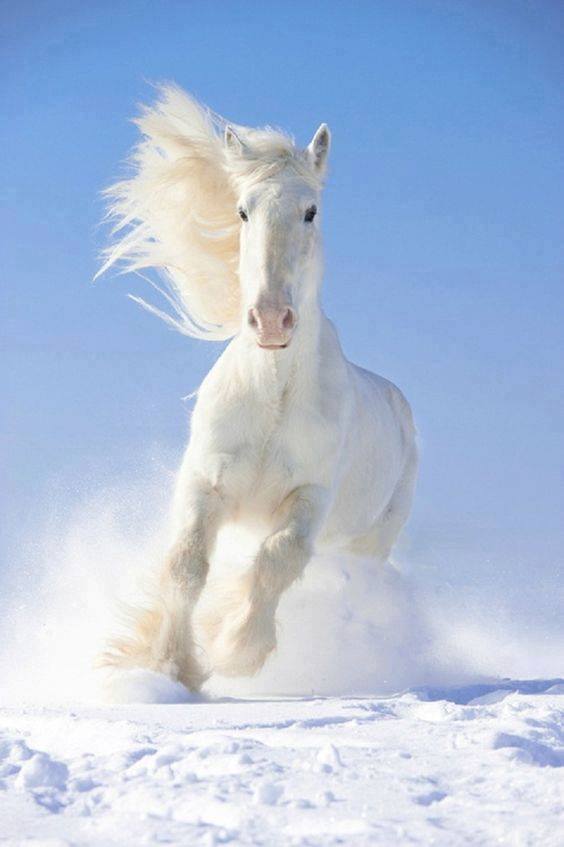
Feliz fin de semana!!, X0X0...
Disfruten su nueva semana siempre...

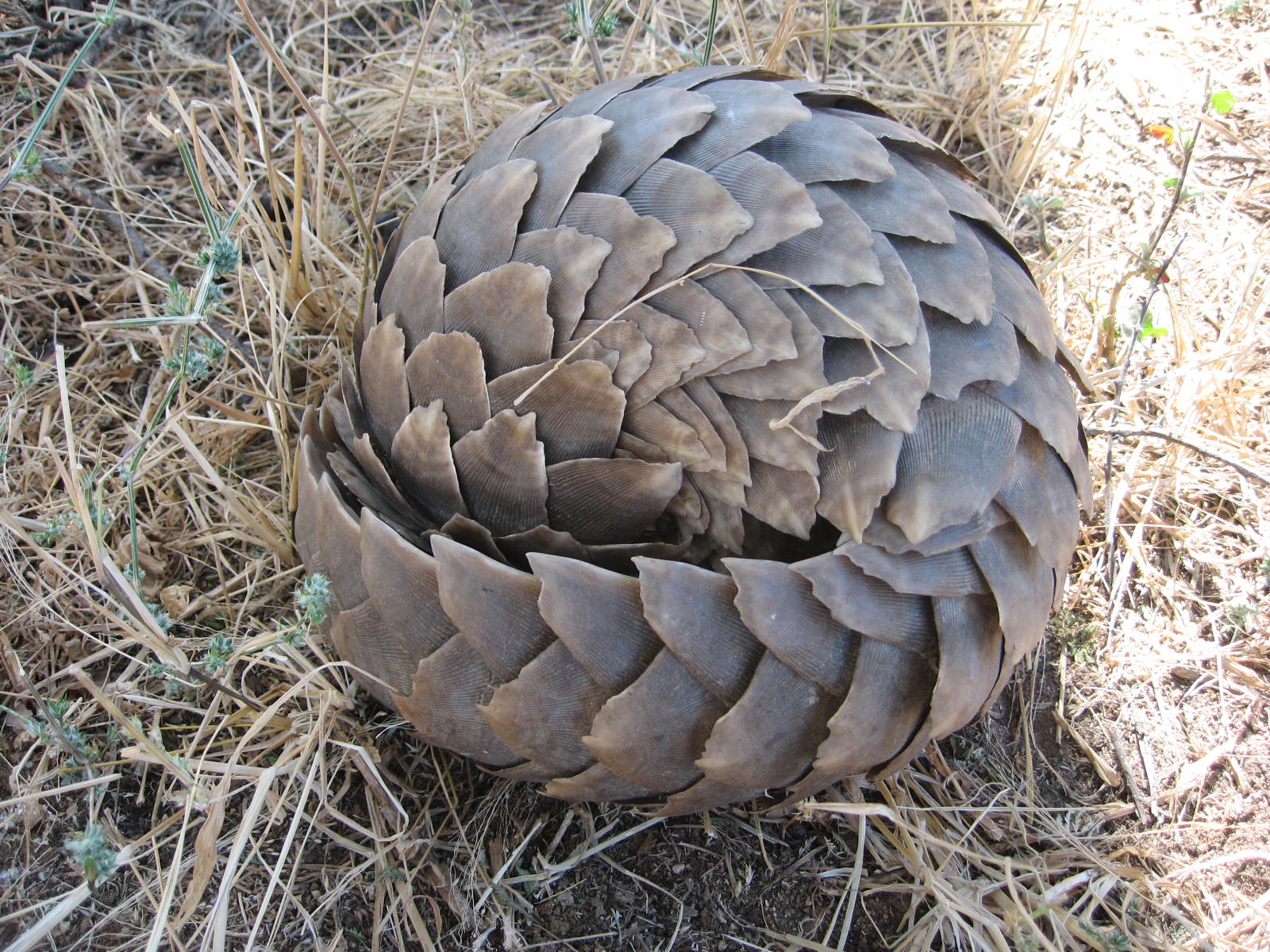
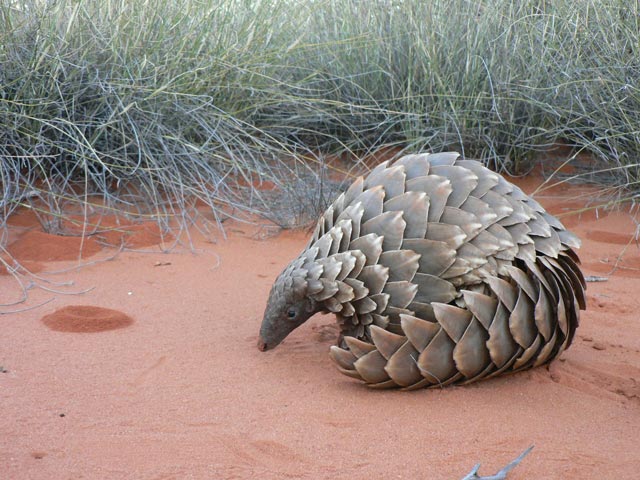

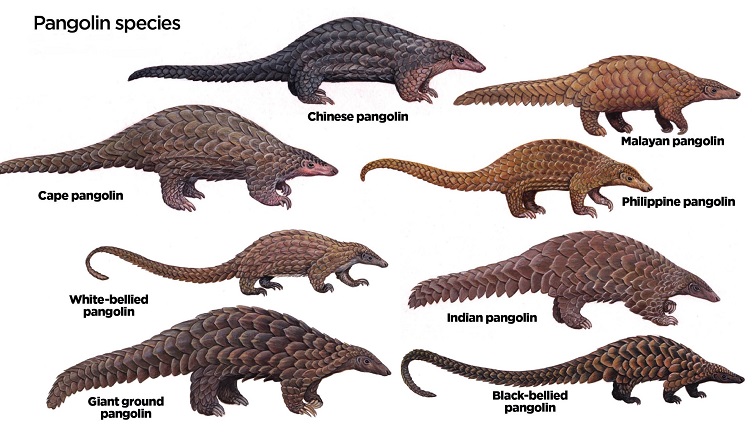
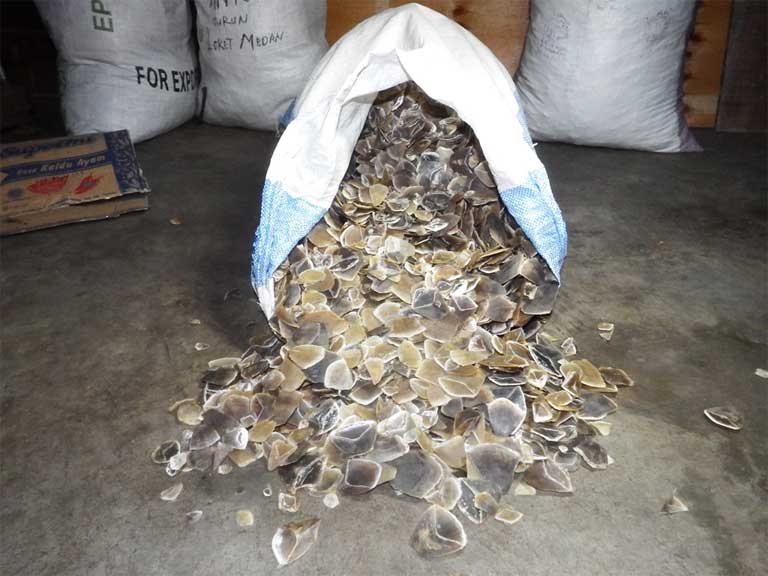
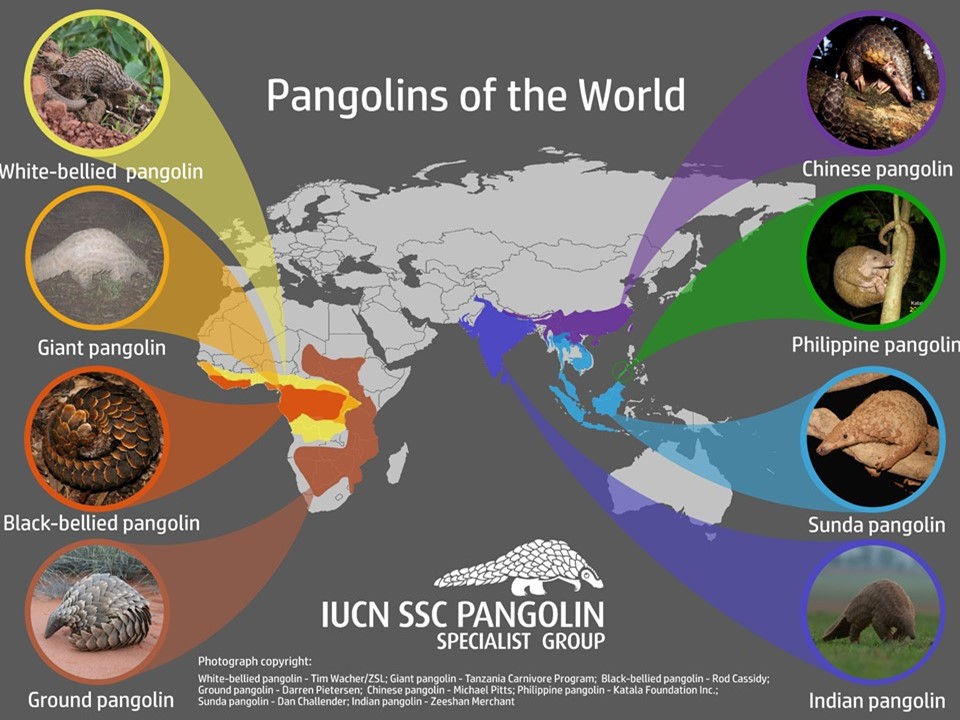



Ever since the nexus for the outbreak of COVID-19 was traced back to a wet market in Hubei province, the search has been on to determine the virus's heritage. Initial studies of SARS-CoV-2's genome suggest it's highly possible that the virus emerged in a colony of horseshoe bats in Yunnan, a province that borders the south-east Asian country of Myanmar.
But if that is the case, it's hard to imagine how a bat became a source of infection in a densely populated city more than 1,000 kilometres to the north of its colony.
Granted, stalls in these Chinese wet markets sell a wide variety of live animals for food and traditional medicine, many of them sourced from Asia's tropics. Whether bats of any kind might have been present isn't clear, since the market was cleared long before the first indications of an outbreak were known.
Unlike horseshoe bats, though, the pangolin is almost guaranteed to have been on sale there.
The illicit sale of the endangered mammal - prized as a delicacy and a health tonic - is an 'open secret' throughout much of the nation, and a good place to start hunting for an intermediate host of the zoonotic virus currently wreaking havoc across the globe.
Frozen tissues from 18 Malayan pangolins (Manis javanica) were obtained from anti-smuggling operations carried out by Guangxi Customs during 2017 and early 2018.
Coronavirus RNA was found in six of the 43 organ samples, linking the virus with five individual animals. Techniques for reading and filling in missing sequences soon provided the team with half a dozen detailed genomes of the pangolin's strains of the virus.
None were dead ringers for SARS-CoV-2, but there were a number of overlapping sequences that suggest these viruses were fairly closely related.
A second hunt through another batch of pangolin tissues taken from an operation later in 2018 followed, based on the newly acquired genomes. This analysis revealed a further three positive results out of 12 animals.
In addition to these specimens from the Guangxi operation, the team analysed pangolin scales, skin swabs, and unspecified tissues from a separate customs centre in Guangzhou, picked up in early 2019.
Taken together, the mix of newly sequenced coronavirus genomes are all 85.5 to 92.4 percent similar to SARS-CoV-2, and represent two lines of related virus. One of those lines even has a 'haircut' that resembles that of the COVID-19 virus, with remarkably similar receptor-binding spikes jutting from their surfaces.
The results might not be the smoking gun we're hoping for, as the search for the connection between the coronavirus's reservoir and the first humans to be infected continues.
Still, it's a wake-up call we desperately need. All those animals seized by customs were destined for live animal markets somewhere in China.
As impossible as it is to predict whether those particular lines of coronavirus could have made a leap into the human population, the current pandemic emerged from just such a branch of that family tree.
The sale of pangolins in China is already far from legal, but without the political will to provide the resources necessary to enforce the law, their sale will almost certainly continue to flourish, in spite of recent widespread bans of the sale and distribution of wild meats.
A global pandemic is a tragic incentive to act. But with mounting evidence that pangolins play a strong role in the ecology of such a potential threat, perhaps it's the push China needs to finally get a handle on its illegal animal trade.
This research was published in Nature.
Feliz fin de semana!!, X0X0...
Disfruten su nueva semana siempre...